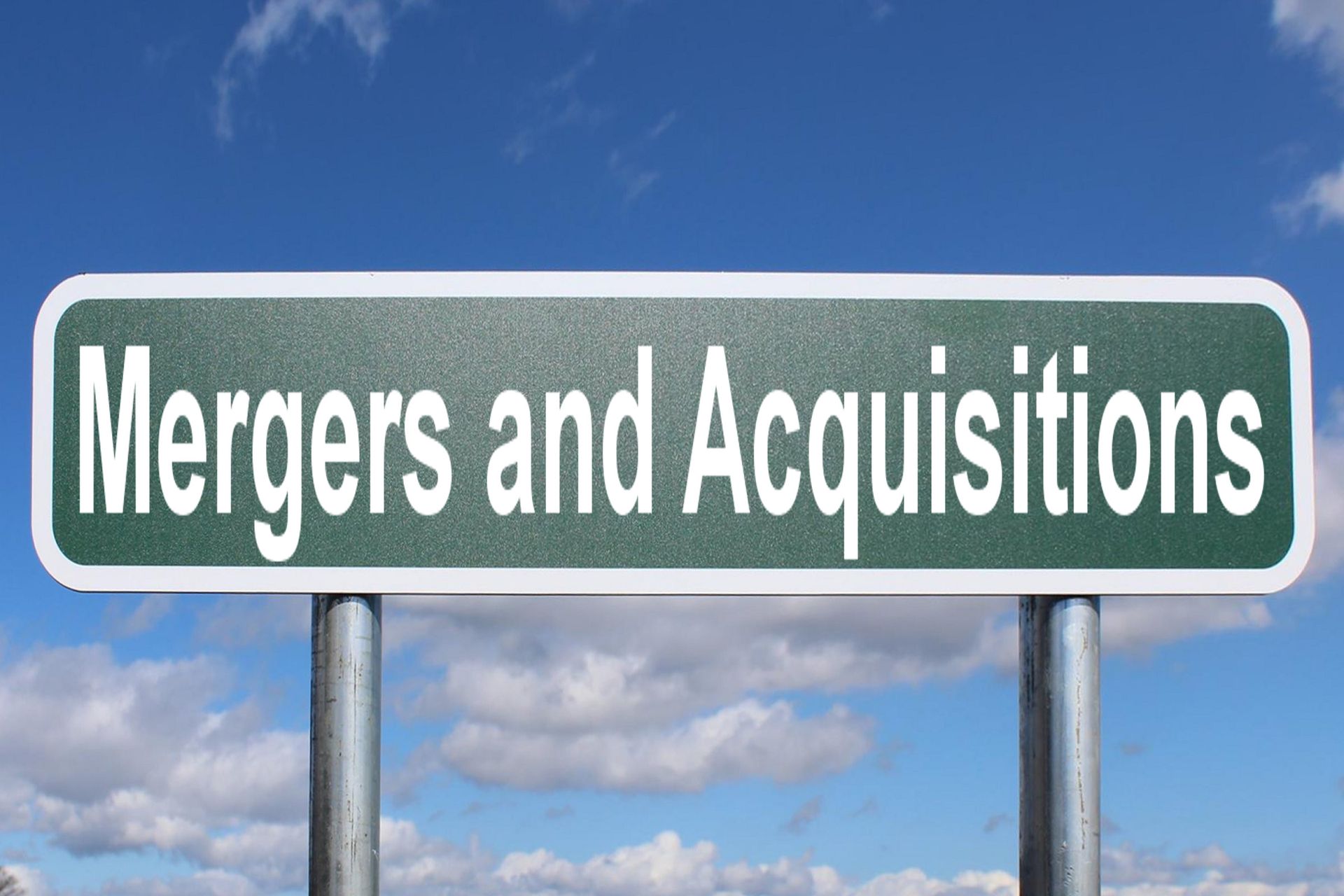Workforce Planning: More Than a Spreadsheet Exercise
Workforce planning… we’ve got it covered
According to the Society for Human Resource Management (SHRM), “Workforce planning is the process an organisation uses to analyse its workforce and determine the steps it must take to prepare for future talent needs.”
Within a project environment, this means actively assessing the supply of project talent (leaders, project managers, engineers, trades, analysts, etc.) against the demand generated by the project pipeline (and compared with BAU).
That involves:
- Identifying gaps in skills, numbers, and timing that could impact delivery.
- Determining interventions such as recruitment, upskilling, redeployment, or partnerships to ensure the right people are in place.
- Forecasting beyond individual projects to align workforce strategy with the portfolio/program pipeline and long-term organisational objectives.
Yet the most common response we hear when speaking with organisations is still: “We’ve got it covered.”
Maybe that’s true. Or maybe the statement deserves closer examination.
In one case, a leader admitted they were still running everything manually from a spreadsheet (it was a good spreadsheet, but there are far better options).
Where Workforce Planning Breaks Down
- Planning sits in reactive mode, stuck in silos:
- HR runs ad-hoc models.
- Business units manage their versions.
- Finance tracks costs.
- Leaders patch gaps with short-term fixes.
- The result? No unified, strategic view of what skills are needed, when, and how to build a sustainable workforce pipeline.
Australia continues to experience strong labour demand.
The Australian Bureau of Statistics (ABS) reported that in May 2025 there were 357,000 job vacancies, still well above pre-pandemic levels. Healthcare, social assistance, and construction are among the hardest hit sectors, signalling prolonged hiring delays and widening skills gaps (ABS, Job Vacancies, May 2025).
Reactive hiring is costly
Workforce studies highlight that reactive hiring leads to higher recruitment costs, longer time-to-fill, and poor job fit. Organisations that only start recruiting when gaps appear often experience productivity losses and higher turnover (SHRM, 2023 – Strategic Workforce Planning).Only 11% of organisations are mature in workforce planning
According to research by SHRM, only about 11% of organisations have reached true strategic maturity in workforce planning. The vast majority still operate with basic, reactive methods that are misaligned with long-term needs (SHRM, 2023).
Spreadsheets are too brittle for today’s environment
Academic research in workforce analytics consistently shows that relying on manual or spreadsheet-based planning is slow, fragmented, and prone to error—making it inadequate for dynamic labour markets (Journal of Business Research, 2022 – Workforce Analytics Review).
Strategic workforce planning drives resilience. Organisations aligning their current workforce to future needs through structured workforce planning are more resilient and adaptable, enabling them to sustain performance during uncertainty (SHRM, 2023; [OECD, 2024 – Skills Outlook).



